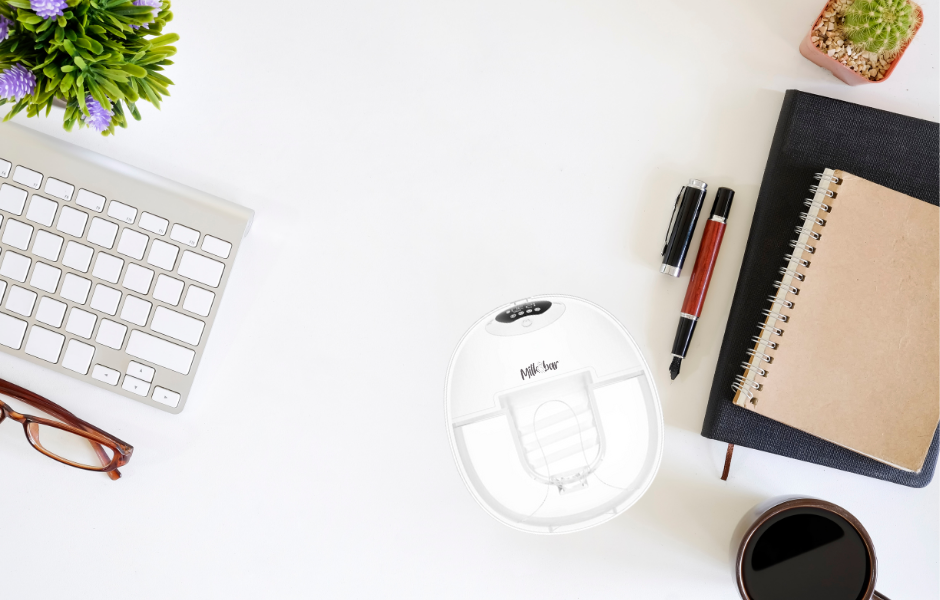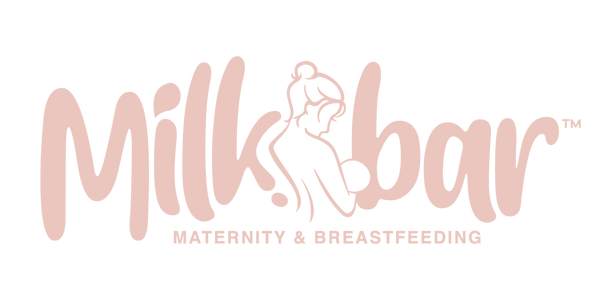
Your Legal Rights as a Breastfeeding Mother Returning to Work: Breaks to Pump or Feed.
Share
Returning to work after having a baby for some can feel like a major milestone, but for breastfeeding mums, it often comes with a new set of challenges. One of the most pressing concerns is how to manage breastfeeding or pumping during the workday. Fortunately, in New Zealand (and many other countries), you have legal entitlements to support you as you continue to nourish your baby while getting back to business.
Let’s break down the legal entitlements for breastfeeding mothers returning to work and how you can navigate this balancing act—because, yes, you absolutely can have your career and pump milk too!
1. Your Legal Right to Breaks for Breastfeeding and Pumping
In New Zealand, under the Employment Relations Act 2000, employers are required to provide breastfeeding mothers with reasonable breaks to breastfeed or express milk for their baby during work hours. That’s right, you are legally entitled to take breaks specifically for this purpose.
But what does “reasonable breaks” actually mean? Well, it depends on your individual needs and your workplace setup. The law isn’t about setting strict time limits, but rather ensuring that you’re given sufficient time to express milk or feed your baby without feeling rushed or penalised.
2. A Private, Safe Space to Pump or Feed
It’s not just about the breaks—you’re also entitled to a clean, private space to pump or breastfeed. Your workplace should provide a room or area where you can express milk comfortably. And no, the bathroom is not an acceptable option! You wouldn’t prepare your lunch in there, so why should you pump your baby’s?
The space should be private, clean, and safe from interruptions. Ideally, if pumping, this area should have a power source if you’re using an electric pump, a comfortable chair, and a fridge where you can store expressed milk.
3. Do I Get Paid for These Breaks?
Here’s where things can get a little tricky. Under the law, your employer is not required to pay you for breastfeeding or pumping breaks unless paid breaks are part of your employment agreement or company policy.
However, you can often work out an arrangement with your employer. Some workplaces may allow you to integrate your pumping or breastfeeding time with your normal paid breaks (such as lunch or tea breaks), or they might offer flexibility in your schedule. Don’t be afraid to ask and negotiate for what works best for you and your baby.
4. Communicating with Your Employer: Start Early
Before you return to work, it’s a good idea to have a conversation with your employer or HR department about your breastfeeding or pumping needs. Be clear about how often you’ll need breaks and what kind of space you’ll require. Most employers want to support their staff and will appreciate the heads-up to make accommodations.
If you’re feeling anxious about this conversation, don’t be! You are not asking for a favor—you are asserting your legal rights. Approach it with confidence, and if it helps, you can bring along a copy of your entitlements under the law to help guide the discussion.
5. What If My Employer Isn’t Supportive?
While most employers are understanding and accommodating, there can occasionally be resistance or a lack of awareness about your rights. If you feel like your employer isn’t supporting your breastfeeding or pumping needs, you don’t have to just accept it.
Start by reminding them of your entitlements and trying to resolve the issue together. If that doesn’t work, you can seek advice from the Ministry of Business, Innovation and Employment (MBIE) or your local Citizens Advice Bureau. You also have the right to lodge a complaint if necessary, though in most cases, it won’t need to go that far.
6. Returning to Work: A Few Practical Tips
Even with the legalities in place, transitioning back to work while continuing to breastfeed or pump can take some getting used to. Here are a few practical tips to help you along the way:
-
Invest in a quality breast pump: A good breast pump will make the process quicker and more efficient. If you’re on the hunt for one, we offer a great selection of double electric pumps that are perfect for pumping on-the-go or in the workplace.
-
Plan your pumping schedule: Try to pump at the same time(s) each day to keep your milk supply consistent. This will also help your body establish a routine, making pumping more efficient.
-
Stock up on storage bags or bottles: Make sure you have enough milk storage bags or bottles to collect and store your milk throughout the day. A good cooler bag can also help you transport it safely home.
-
Wear nursing-friendly clothing: Invest in work clothes that make it easy to pump without hassle. Nursing tops or dresses with discreet access points are lifesavers!
7. Breastfeeding & Working: You’ve Got This, Mama!
Returning to work while breastfeeding can feel daunting, but knowing your rights can make all the difference. You are legally entitled to time and space to continue breastfeeding or expressing milk for your baby. Remember that every breastfeeding journey is unique—whether you're exclusively pumping, mixed feeding, or anything in between, it's important to find what works best for you.
With the right tools (like a solid breast pump and some nursing-friendly clothes), an open line of communication with your employer, and confidence in your rights, you'll be a pro at balancing work and feeding your baby.
